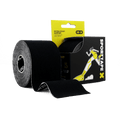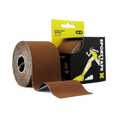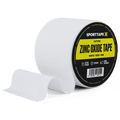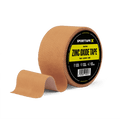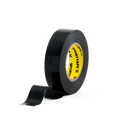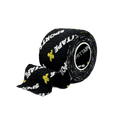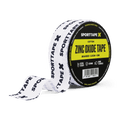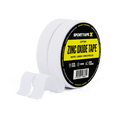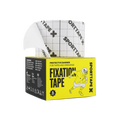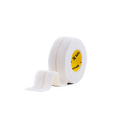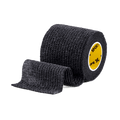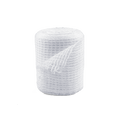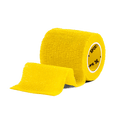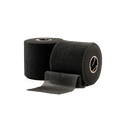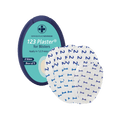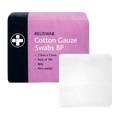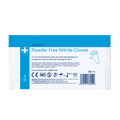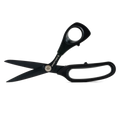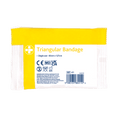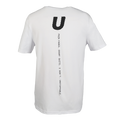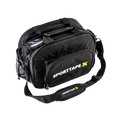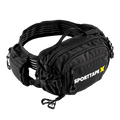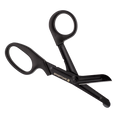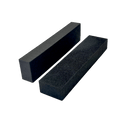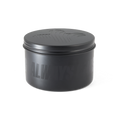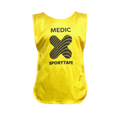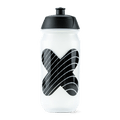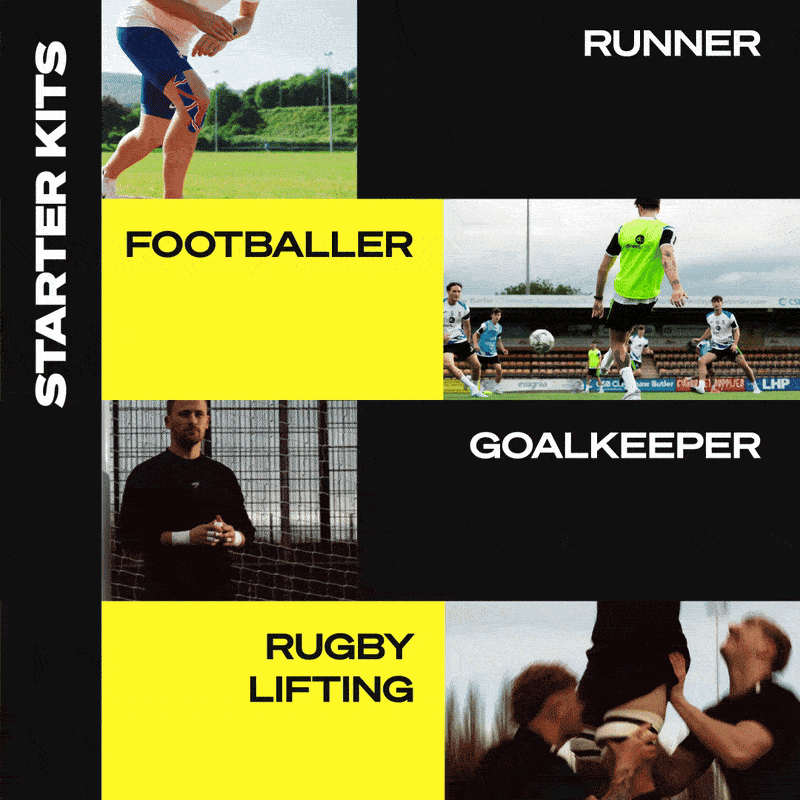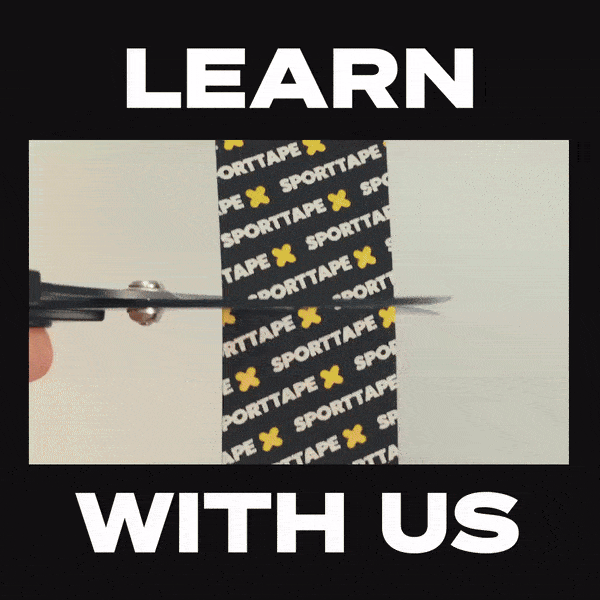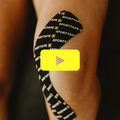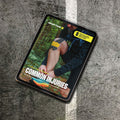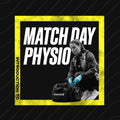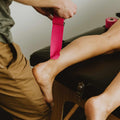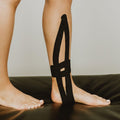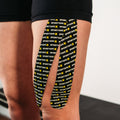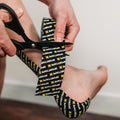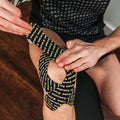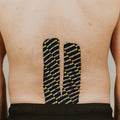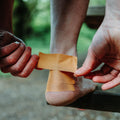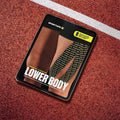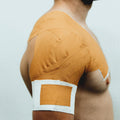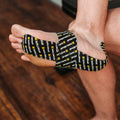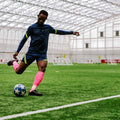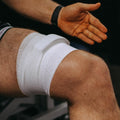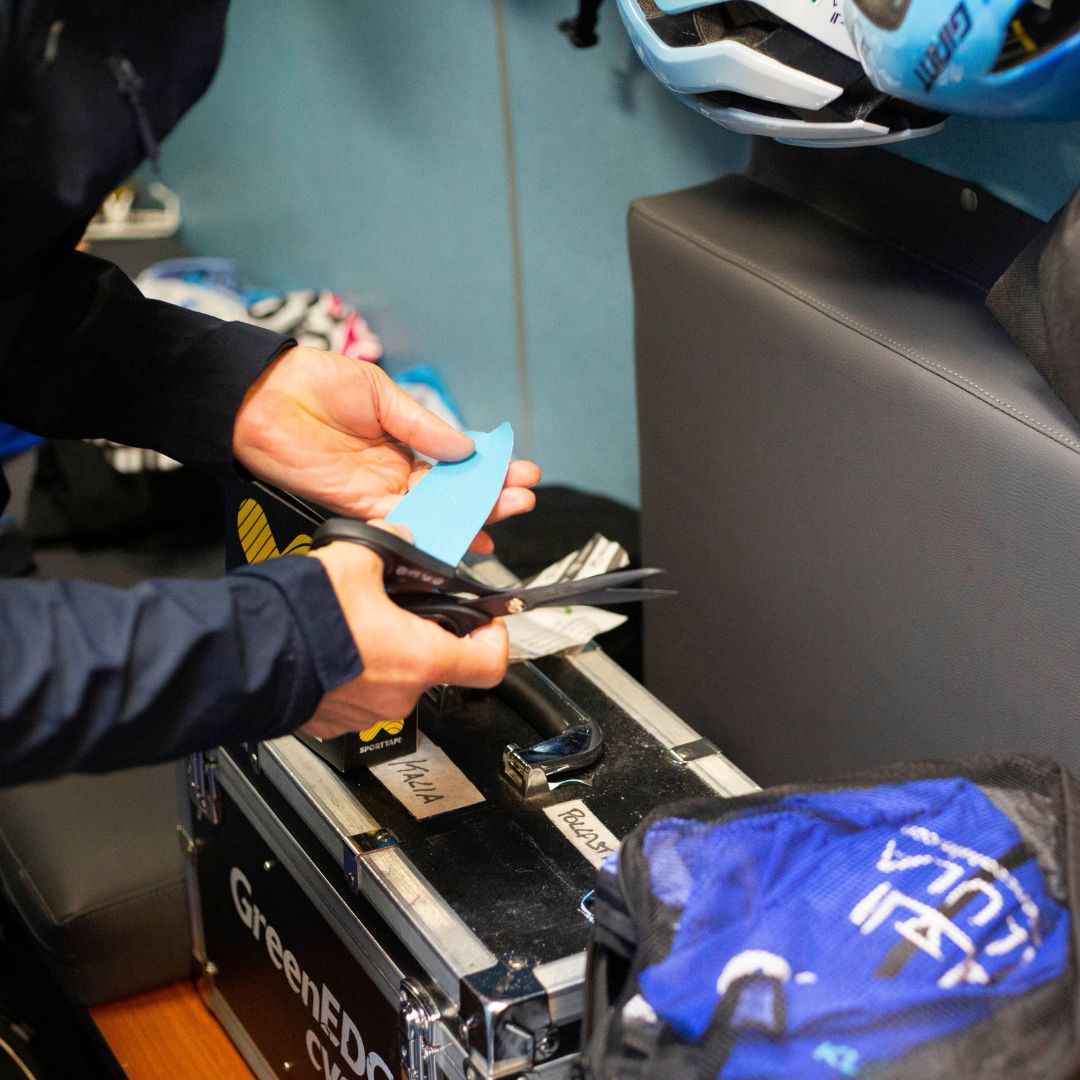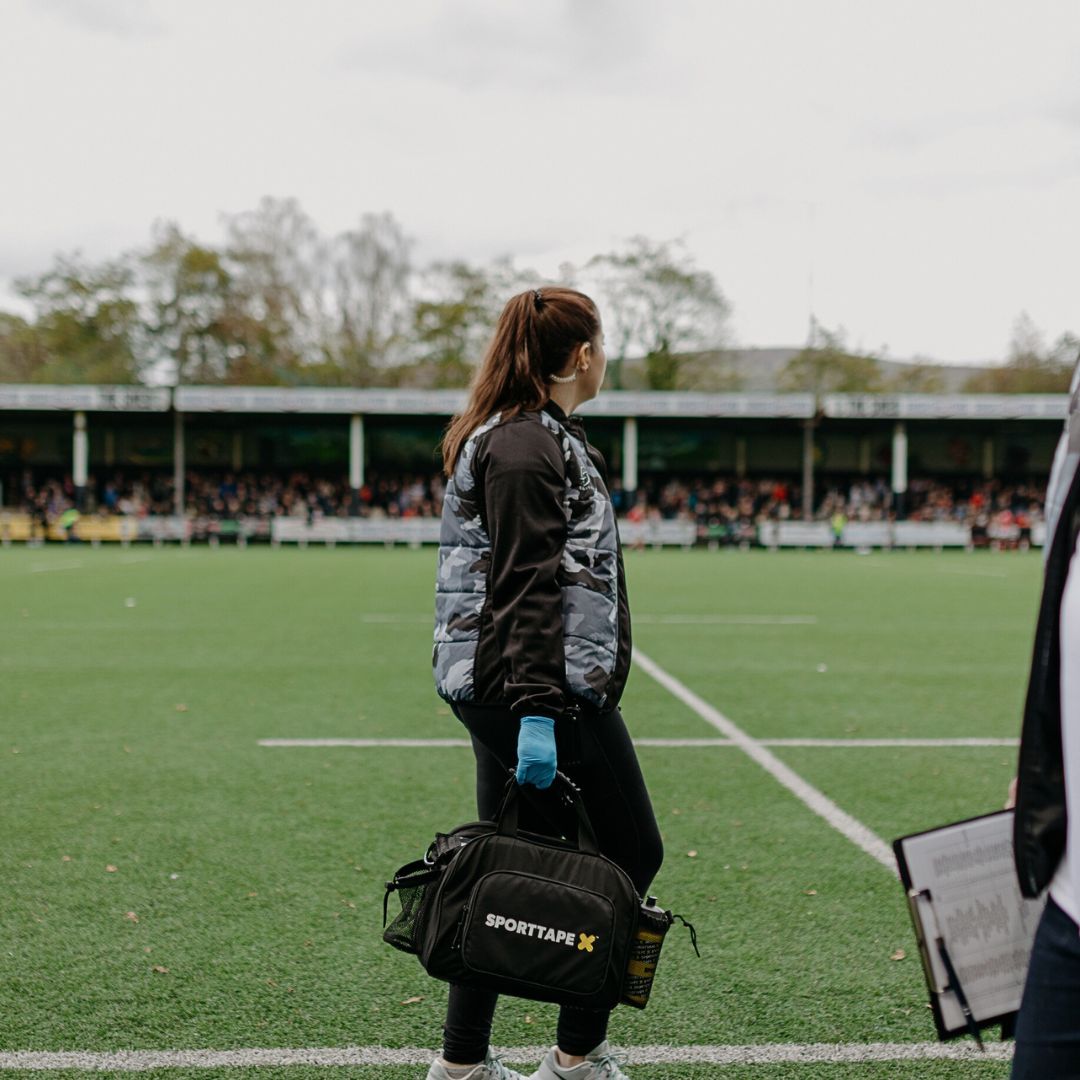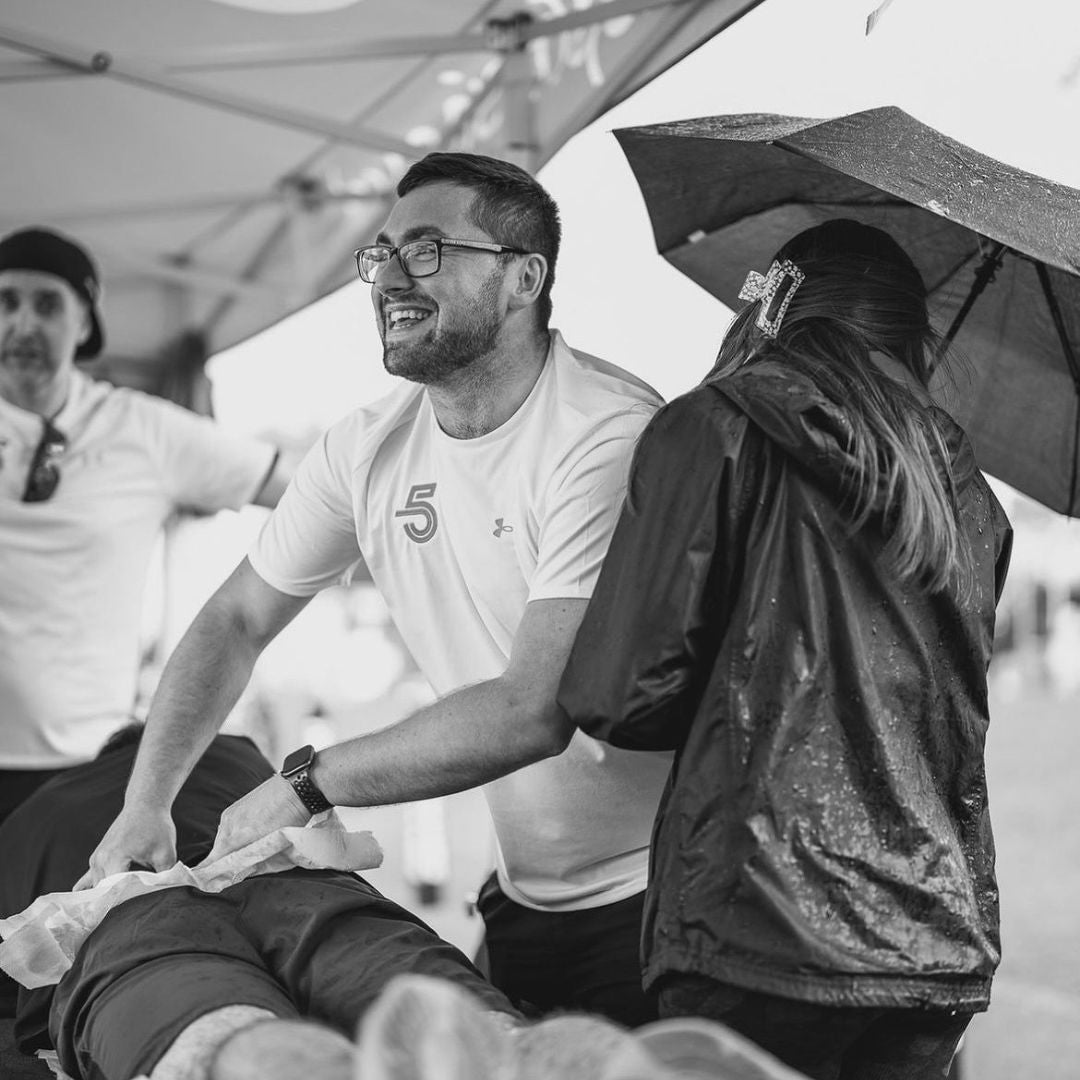We're staying on theme this week in two ways rather than one!
Carrying on from our piece with Alex Holland where we talked about his top tips on how to become a sports therapist💡 and the announcement of our continued partnership with Team Jayco AlUla🚴, we spoke with Dan Guillemette and found out what a typical day looks like for a Tour de France physio.
Here's what to expect if you dream of working at cycling's most elite competitions.
A DAY IN THE LIFE OF A TOUR DE FRANCE PHYSIO:
WHO IS DAN GUILLEMETTE?
To everybody at Team Jayco - Dan Guillemette is a hero.
After qualifying from the University of Bradford in 2004, the super-experienced cycling physio began his career working within several different health systems. Dan graduated from his MSc in Sports Physiotherapy back in 2011, during which he spent a serious amount of time growing his resumé in and out of several different sports.
It was in Manchester that he began working with cycling's elite 🚴, eventually joining Team Sky in 2011 at the Tour of Denmark. Since leaving Sky at the end of the 2017 season, he made his way GreenEDGE.
28 Grand Tours later and we're pretty much up to date...
A DAY IN THE LIFE OF A CYCLING PHYSIO
This year's Tour de France 🇫🇷 officially marks the 111th edition of the world-famous race. For all you history buffs out there, the first ever Tour de France took place only two years after Queen Victoria died in 1901!
This year's Tour has now concluded and with SPORTTAPE now the Technical Sports Tape Supplier of Team Jayco AlUla, we thought we'd take advantage. We spoke to Dan to find out all about what a typical day looks like for him and all the other physios supporting the racers this year.
Here's what he had to say.
WHAT DOES A TYPICAL RACE DAY LOOK LIKE?
According to Dan, everyday is different. A typical day will generally "start with some early morning run or exercise, then it's race pre-operation, treatments/activation work". From there, he and his team will prepare the cooling and the recovery modalities.
"Then I'm in the car, either doing course research with one of the Directors. Looking for bottle points and whatever else is required for the race. Then back to the hotel, coordinate the masseurs and set up a polyclinic in order to work on the athletes so that they're all ready for the next day."
WHAT DOES A TYPICAL REST DAY LOOK LIKE?
You thought race days were busy. According to Dan, it's the rest days that really test you as a physio!
"Ultimately it's working with all the athletes (8 in the team), spending more time on restoring and repairing issues or injuries". You only have small windows on your rest days to get the racers feeling fresh again 😎, so you've got to use your time wisely.
"It also gives me a chance to catch up on admin across our other athletes not here at the tour, ensuring service delivery is being met as we often have 3 race programmes going on. Then there's being available for performance meetings, especially if there are significant injuries that we're managing that may affect the race strategies for the next few days."
Dan works with each every one of the racers and in his own words, "It can get busy in the boot room...".
WHAT ARE THE MOST COMMON RACE INJURIES?
As you can imagine, injuries are pretty common. If you've ever watched a race before, you'll understand exactly why. Weather plays its part and so does stress, but the most common injuries that Dan and the other physios will see are abrasions, bruising and swelling.
"A lot depends on the stress of the Peleton and the route. I work a lot on breathing, so working on the diaphragm/ribs and accessory respiratory muscles."
The three most used items in Dan's physio bag are:
- Kinesiology Tape 🔴
- Acupuncture Needles 💉
- Scissors ✂
WHAT ARE SOME KEY RECOVERY TECHNIQUES?
"Heat stress management is a key factor, especially here at the tour. We use a lot of cryotherapy and different modalities to assist cooling."
Alongside that, you can't disregard the importance of hydration, nutrition and sleep when it comes to injuries. The levels of exhaustion that the athletes will face can't be understated.
HOW IS WORKING WITH CYCLISTS DIFFERENT TO OTHER SPORTS?
Is there a big difference or none at all? Do they require more tape? Can certain injuries occur more commonly?
"Difficult one really. The one thing that always impresses me is their mental agility and resilience. Being able to compete and suffer with multiple wounds and heavy fatigue and just how quickly they recover, it's fantastic".
To be a top-level cycling physio, you have to have a real passion, a willingness to work very long days in some really challenging conditions. You're going to need to be flexible and adaptable, and alongside all of that, you must have really good communication skills.
We'd like to thank Dan Guillemette for taking the time to answer our red-hot burning questions and we wish him and the rest of Team Jayco AlUla the very best of luck in the final stretch of the tour!🏆
If you have any questions for us or Dan, we're always happy to help, so get in touch and let us know what you want to see next!


